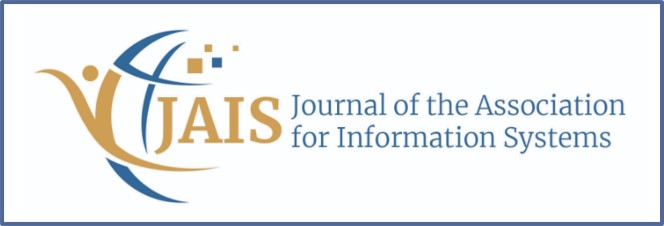
Abstract
Over the last two decades, information systems (IS) research has primarily focused on people's conscious (intentional) behavior when trying to explain and predict IS usage. Consequently, almost no research has investigated the potential importance of subconscious (automatic) behaviors, also known as habits. This study represents a first step toward validating the idea that one can add explanatory power to a behavioral model such as Ajzen's [1985] theory of planned behavior (TPB) by including the habit construct. We conducted a two-stage questionnaire-based survey involving two different groups of students who had access to a sophisticated internet-based communication tool (IBCT). These data were used to test a behavioral model integrating theoretical constructs of TPB and a relevant subset of Triandis' [1980] behavioral framework. Our findings highlight the importance of considering both conscious (intentions) and subconscious (habits) factors in explaining usage behavior. Furthermore, we share our observations about antecedents of IBCT usage in the educational context. Implications for practice and research are discussed.
Recommended Citation
Limayem, Moez and Hirt, Sabine Gabriele
(2003)
"Force of Habit and Information Systems Usage: Theory and Initial Validation,"
Journal of the Association for Information Systems, 4(1), .
DOI: 10.17705/1jais.00030
Available at:
https://aisel.aisnet.org/jais/vol4/iss1/3
DOI
10.17705/1jais.00030
When commenting on articles, please be friendly, welcoming, respectful and abide by the AIS eLibrary Discussion Thread Code of Conduct posted here.

